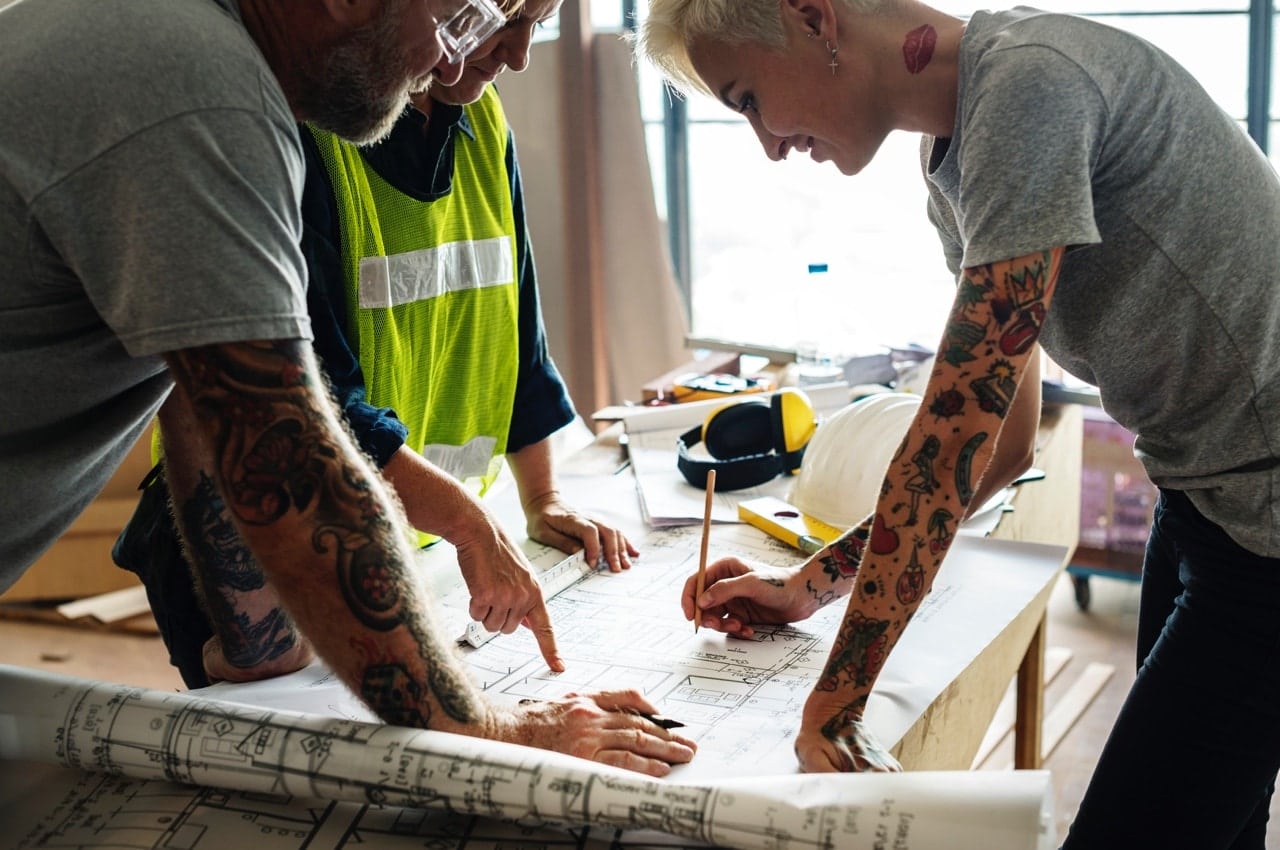Leaving School Early? Start Your Career with a Trade

You may choose to leave high school before Year 12 for any number of reasons—but we find the main one is usually to learn a trade. Unlike many degree-qualified professions, trades are entered through on-the-job learning. With a significant part of senior high school years geared towards preparing for university, many prospective young tradies choose to opt out and instead get a head start on their career.
Entering a trade is becoming more and more lucrative. Trades offer attractive salaries, and pave the way for hands-on success—with many tradespeople becoming managers, supervisors, consultants, and small business owners.
Choosing between building and construction certificates or a traditional academic pathway is a personal choice. It’s one that should be made with the help of thorough research into industries of interest, career prospects, and future job markets. This includes an assessment of your own talents, skills and passions.
Let’s look at some of the perks of beginning your career with a Certificate II in Building and Construction pre-apprenticeship.
Career Direction (and Progression)
At school you’re bombarded with information and pressure around what your future career might look like. The average millennial will make five career changes in their lifetime, across 17 different employers. Even so, our education systems still expects you to have a firm grasp of what you want to work towards, despite little industry or workplace experience.
A career in building and construction will naturally click for you if you have a passion for being hands-on, and a love for working outdoors. For those who have struggled in the traditional academic environment of high school, such a practical pathway can present a welcome change of pace and a renewed sense of enthusiasm about pursuing their future.
What’s more, as it’s such a broad industry, school leavers often begin with an introduction to the field through building and construction certificates, before naturally leaning towards their preferred job role. For example, beginning with a Certificate II in Building and Construction may direct you to being a carpenter, a plumber, an electrician, or any number of popular and fulfilling trades.
From there, you can continue to climb at the rate you wish, as the sky is the limit in this industry. Perhaps you choose to add to your Certificate II in Building and Construction with more advanced study, or perhaps you want to specialise in a number of fields to market yourself more readily.
Strong Opportunities
There’s a serious shortage of tradespeople in Australia’s capitals, particularly Sydney and Melbourne. What’s more, these cities are announcing more and more major infrastructure projects—placing a further demand on the existing workforce and paving the way for a new generation of trades professionals. It means that those well qualified in the industry have their pick of projects and employers, and are paid higher than normal for their in-demand skills.
Strong Income
What attracts many young people to a trade is the ability to immediately start making an income on the job. The advantage is that you’re still getting paid to learn while completing your qualification —which is far more than can be said for university students forced to fork out tens of thousands of dollars for their degrees.
And the best way to get your parents on board? The long-term career prospects—tradies can make a lot of money. Did you know that trades charge an average of $60 an hour? Play your cards right, and stand out against your competition with further qualification, and it’s an incredibly promising career pathway.
A Straight-Forward Start
Wondering how to start an apprenticeship? Forget stressful exams, ATARs and offers—entering into a trade is far more straightforward.
While some people enter straight into an apprenticeship with an employer, more and more commonly people are choosing to boost their skills through something like an Certificate II in Building and Construction pre-apprenticeship.
If it’s your first foray into the industry, then a Certificate II in Building and Construction is a great place to start. This level is considered a pre-apprenticeship because once complete, that’s when you can start an apprenticeship knowing that you’ll give yourself the best chance of a successful future.
If working towards a hands-on career as a tradie isn’t for you, have you considered a career as a building professional? The Building Leadership Program is a full-time intensive course that teaches skills that will help you excel. A spot in the Building Leadership Pathway Program may be right for you, combining a Certificate IV in Building and Construction and a Diploma of Building and Construction.


